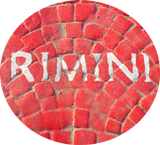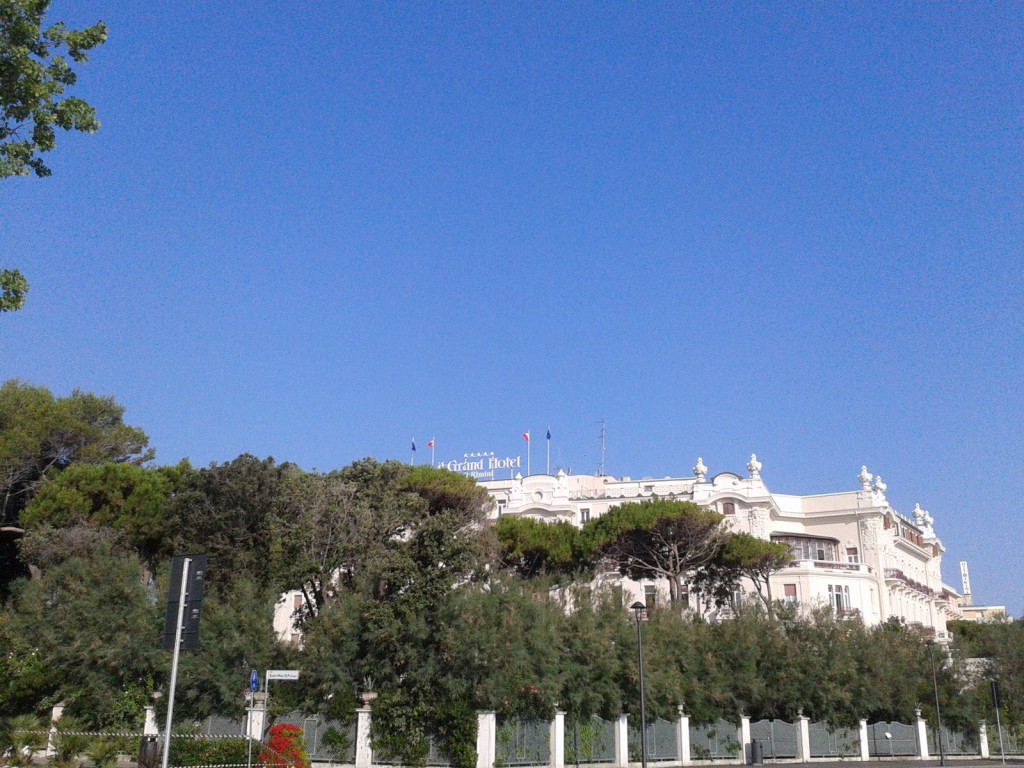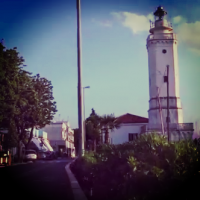Rimini’s Grand Hotel
Rimini’s Grand Hotel has become one of the unofficial symbols of the city, dominating the city’s beachline with it’s impressive architecture. The Hotel was designed by the South American architect Paolo Somazzi, commissioned by the Milanese society of Hoteliers and Restaurateurs, and officially opened in 1908.
The Grand Hotel was built to capitalise on a new type of tourism that had sprung up throughout the 19th Century, the seaside holiday. Royals, aristocrats, and the common man all flocked to the coast to bathe in curative sea water, bolstered by the advice of doctors and charlatans alike. \par
The building that now graces hundreds of picture postcards suffered extensive fire damage in 1920, and was badly hit during the Second World War – as was the town of Rimin in general, with over 90% of its buildings levelled by Allied bombing. In the 1950s the Hotel was rennovated, just in time for the Italian post-war economic miracle, when Rimini’s beachfront tourism once again boomed.
The hotel, though, is perhaps most keenly associated with Federico Fellini, who in Amarcord focussed on it so intently that it became almost a character in the film, representing the tempting, the forbidden, the luxurious – all things that still manage to aptly describe this five star hotel. Fellini was a regular guest, and it was here in The Grand Hotel , in 1993 that Fellini suffered the massive stroke that led to his death in Rome.
The hotel continues to host movie stars, royals, and politicians of international renown, all the while acting as a landmark and symbol for one side of Rimini’s character.







